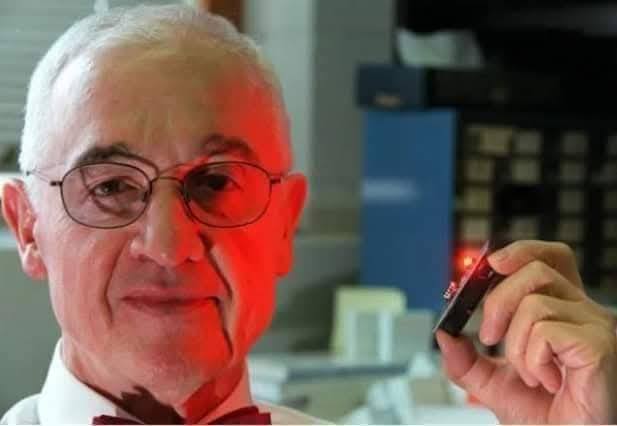
LED lights, which now illuminate our homes, offices, and streets, have revolutionized lighting by offering energy-efficient solutions that nearly replaced traditional incandescent bulbs.
On November 3, 1928, Nick Holonyak was born in the United States — a renowned American physicist and inventor of Ukrainian descent, widely recognized as the “father of the LED.” He was the first to create a visible-spectrum semiconductor LED. Holonyak also patented the laser diode found in every CD and DVD player, and held more than 30 other important technological patents.
Surprisingly, Nick was not initially drawn to science. The son of immigrants from Zakarpattia, he worked on the railroads until the physically demanding labor pushed him to change his path. He enrolled at the University of Illinois, where he developed a deep passion for physics that defined the rest of his life.
After completing his studies, Holonyak joined the research laboratory at General Electric, a company founded by the famous inventor Thomas Edison. At the time, researchers had already developed an infrared laser, but Nick believed science could achieve even more.
After five years of dedicated work with semiconductors, Holonyak made a breakthrough. In October 1962, he created a compound that emitted a red light when exposed to an electric current — the world’s first visible-light LED.
His innovation impressed General Electric executives, leading the company to launch mass production of LED bulbs. At the time, one bulb cost about $260, yet its potential was quickly recognized by IBM, which began incorporating LEDs into computer boards in 1964.
By the 1970s, LEDs appeared in digital watches, and by the late 1980s, they were used in traffic lights and car headlights.
Throughout his lifetime, Nick Holonyak was awarded 41 patents for various groundbreaking inventions, leaving a lasting legacy in the world of science and technology.

